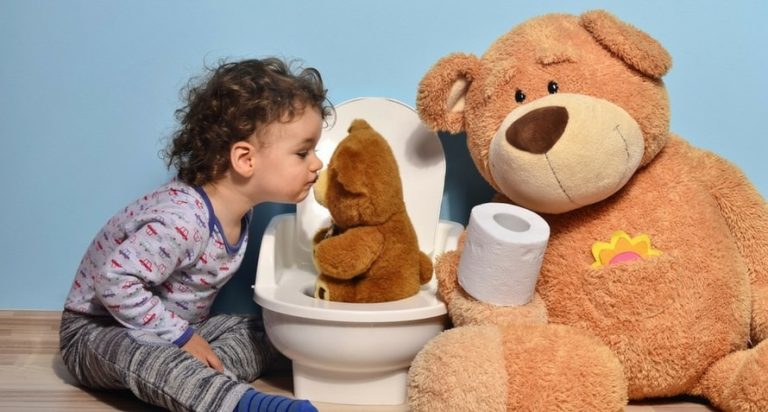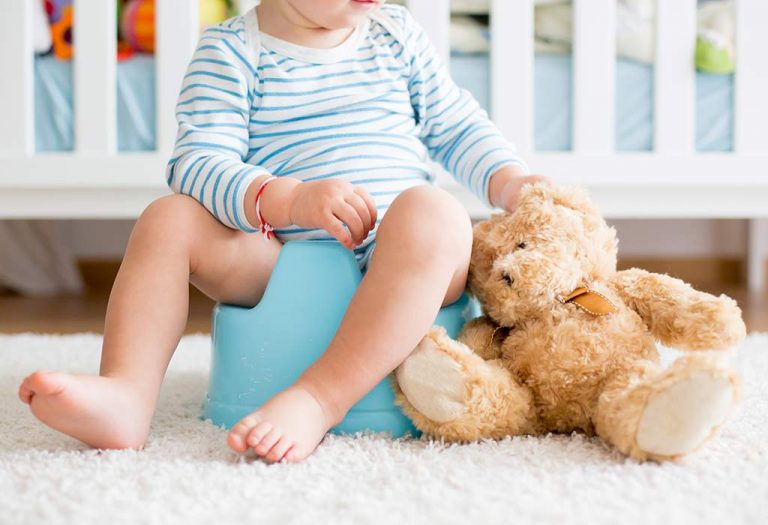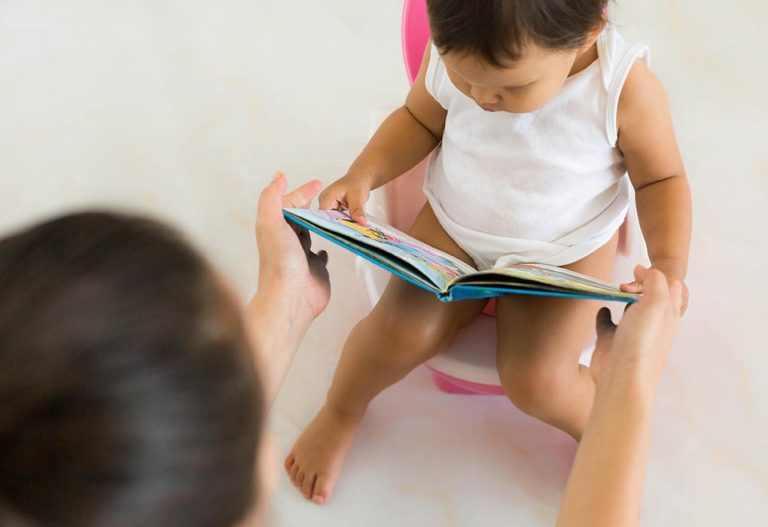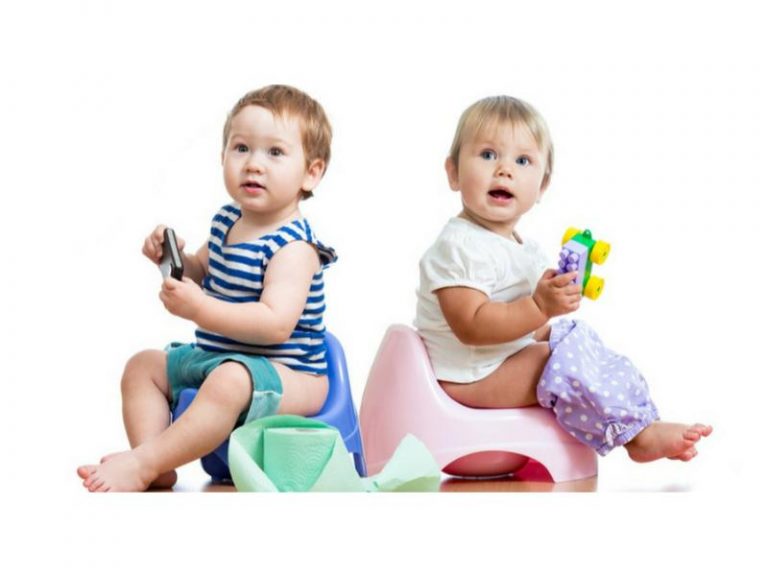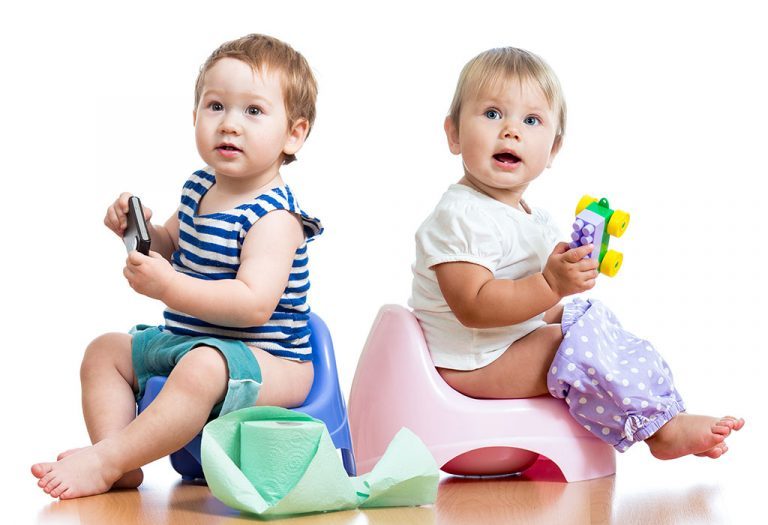3-Days Potty Training Method – A Step by Step Guide
Together with sleep time woes, crankiness, breastfeeding concerns and eventually toddler tantrums, there’s something else that scares us all. Potty training! It can be a long, frustrating exercise and results just don’t seem to happen! But wait, what? Are we really saying potty training is possible in only three days?
Primarily because potty training is an area of frustration for most new parents, researchers are always on the lookout for a breakthrough. One of these is the 3-day potty training method. And no, it isn’t a lie!
What Is the Three-Day Potty Training Method?
The Three-Day Potty Training Method is a structured approach designed to help toddlers transition from diapers to using the toilet in a short period of time. It requires a focused, consistent effort over three consecutive days, during which parents or caregivers dedicate their time to teaching their child to recognise and respond to the need to use the bathroom. This method is often used for children who show signs of readiness for potty training, such as staying dry for longer periods, showing interest in the toilet, or communicating about their bodily functions (1).
Benefits of Three-Day Potty Training
The 3-day method of toilet training is an intensive, focused approach designed to help toddlers transition from diapers to using the toilet quickly. Below are the key benefits:
1. Quick Results
The three-day method is designed to yield noticeable progress in a short time frame. By dedicating three full days to focused training, many children begin to understand the concept of using the potty and may even start using it independently by the end of the period. This accelerated timeline can be especially appealing for parents who want to move past the diaper stage quickly.
2. Builds Consistency
Consistency is key to successful potty training, and this method emphasizes frequent practice. By having your child sit on the potty every 20–30 minutes and encouraging them to try, they develop a routine and learn to associate the potty with relieving themselves. This repetition helps reinforce the habit and makes it easier for them to remember.
3. Encourages Independence
The three-day method encourages children to take ownership of their potty training journey. By letting them go diaper-free and teaching them to recognize their body’s signals, they learn to act on their own when they need to go. This fosters a sense of independence and boosts their confidence as they master a new skill (2).
4. Cost-Effective
Diapers and pull-ups can be expensive, and the longer potty training takes, the more money is spent on these products. By successfully potty training in a short period, parents can save money by reducing or eliminating the need for diapers sooner. This makes the three-day method a financially practical option.
5. Minimises Confusion
Prolonged or inconsistent potty training can confuse children, as they may struggle to understand expectations. The three-day method’s intensive approach ensures that the child receives consistent messaging and practice, reducing confusion and helping them grasp the concept more quickly.
When Is Your Child Ready for the 3-Day Potty Training?
Determining when your child is ready for the Three-Day Potty Training Method is crucial for success. Look for specific signs that indicate your toddler is prepared to take this big step toward independence (3).
- Physical Readiness: Your child can stay dry for at least two hours, has regular bowel movements, and can walk to the potty independently.
- Cognitive Readiness: They understand simple instructions, recognize the sensation of needing to go, and can communicate their needs (e.g., saying “pee” or “poop”).
- Interest in the Potty: Your child shows curiosity about the toilet, wants to imitate others using the bathroom, or expresses a desire to wear “big kid” underwear.
- Emotional Readiness: They are cooperative, willing to sit on the potty, and show a positive attitude toward the process.
Supplies You’ll Need to Start 3-Day Potty Training
Before diving into the Three-Day Potty Training Method, it’s important to gather all the necessary supplies to ensure a smooth and stress-free experience. Here’s a list of essential items you’ll need to get started:
1. Potty Chair or Toilet Seat Insert
A child-sized potty chair or a toilet seat insert with a step stool can make the process more comfortable and accessible for your toddler. Letting your child choose their potty can also increase their excitement and willingness to use it.
2. Training Pants or Underwear
Ditch the diapers and opt for training pants or underwear during the three days. This helps your child feel the sensation of being wet, which reinforces the connection between their body’s signals and using the potty.
3. Cleaning Supplies
Accidents are inevitable, so be prepared with cleaning essentials like paper towels, disinfectant wipes, and a waterproof mattress cover (for naps and bedtime). Having these items nearby will make cleanup quick and hassle-free.
4. Rewards and Motivation Tools
Small rewards, such as stickers, stamps, or a treat jar, can motivate your child to use the potty consistently. A reward chart to track their progress can also add an element of fun and encouragement.
How to Potty Train Your Child in 3 Days
For the 3-Day Potty Training Method to work, follow the given steps very carefully over a period of three days. Make sure you select this time carefully, preferably a long weekend, so you can focus entirely on the task at hand. At the end of this 3-day potty training schedule, we can assure you you’ll definitely see progress.
Warning: Before embarking on this method, please make sure your child shows signs of readiness. Check out this complete list to see if your child meets the criteria.
Step 1: Remove All Diapers From Home
This is mental preparation – more for you than your baby. Not having diapers within your reach will save you from the vicious cycle of getting frustrated and resorting to a diaper, say on the second day.
Step 2: Dress Your Child Only in Underwear
Yes, there will be accidents and plenty of underwear is going to get dirty. But this also means your child will learn a crucial lesson – wet underwear can be very nasty! They will learn to pull it down well in advance. Here’s an expert tip – why don’t you get them underwear like these with their favourite Chota Bheem or Disney character? These guys don’t like to get wet at all!
Step 3: Make Sure Your Child Drinks a Lot of Liquids
Water, juice, smoothies, milk…try anything that gets their bladder full and makes trips to the bathroom frequent. This will ensure they get enough practice of going to the bathroom and getting about their business. You can even try and keep the frequency as high as every 30 minutes or so – yes, taxing for you, but very beneficial in the long run. This means you’ll need to keep pressing them to go to the bathroom every now and then.
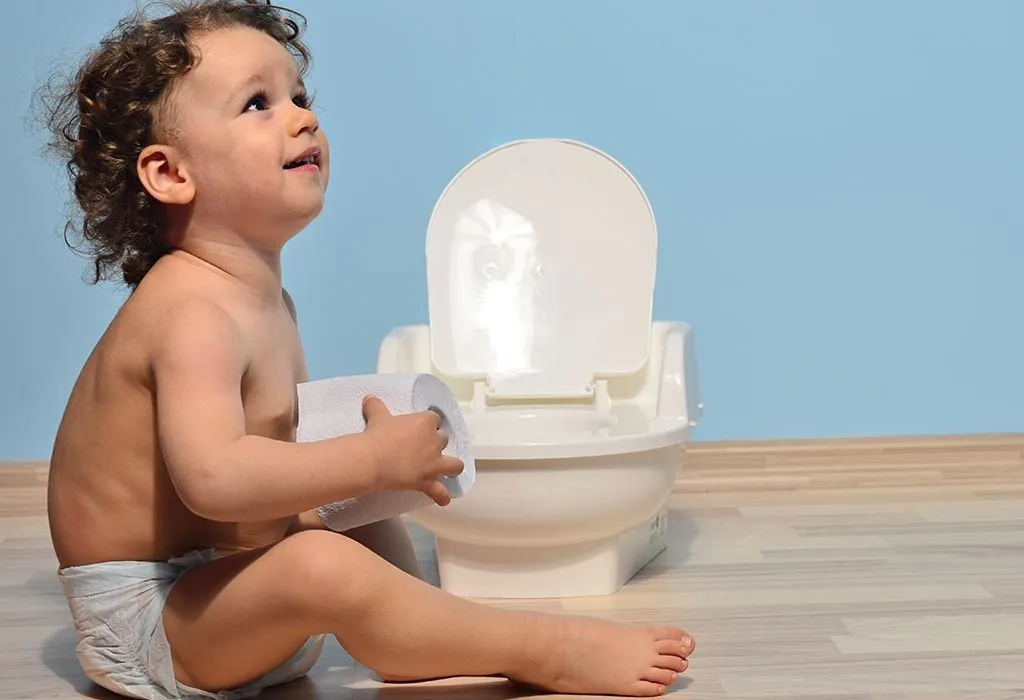
Step 4: Teach Your Child to Sit Properly on the Potty – and for Quite Some Time
What happens when your child complains he doesn’t want to go? Persuade him to still sit on the potty for at least a couple of minutes. Teach him to sit comfortably. Preferably, get a potty seat that’s specially designed for toddlers. It helps if the seat is colourful and attractive! Potty seats are also available with handles for firm grip. You can select some fab and funky multifunctional potty seats here. If your child gets bored and fusses while sitting, get him some distractions, such as a bubble blower or even a favourite toy.
Step 5: Congratulate Your Child When He Manages to Stay Dry for Some Time
As your child gets the hang of this rigorous bathroom routine, congratulate him when he is dry for longer than half an hour. And yes, peeing now, and then again after five minutes, just because they didn’t empty their bladder fully, is not something that gets a reward! You can use the occasional candy bar, a sought-after toy, or Mamma’s special hug to serve as the reward.
Step 6: Express Your Disappointment When There Are Accidents
Don’t refrain from doing this out of fear of upsetting your child. It is important for him to know when an accident makes you unhappy. Don’t be harsh and angry, but gently convey that you wish he’d try harder. This will encourage him to try and please you the next time.
Step 7: Make Sure You Keep Everything in This List Handy
We are talking about this: paper towels, room freshener, stain remover, fresh underwear, fresh sheets and wet wipes. Try as you will, accidents are bound to happen, especially in the beginning. Better be armed!
Step 8: Finally, Prepare for Nightime as Well
It is as important (possibly, more) to train for night time as for during the day. Not doing this will make your child assume that it’s okay to take it easy at night or perhaps use a diaper. After dinner, avoid any liquids and foods. Go through one potty round before going to bed, and then once again in the middle of the night. You can set an alarm for this one. Disturbing, yes, but very effective!
Tips to Measure the Success of 3-Day Potty Training
The Three-Day Potty Training Method is designed to help your child make significant progress in a short amount of time, but success may look different for every child. To measure the success of the method, focus on observable milestones and behaviours that indicate your child is on the right track. Here are some tips to help you evaluate their progress:
- Consistent Use of the Potty: Your child is successfully using the potty for both pee and poop by the end of the three days.
- Fewer Accidents: The number of accidents decreases significantly over the three days, showing improved awareness of their body’s signals.
- Self-Initiation: Your child starts telling you when they need to go, rather than relying on you to prompt them.
- Dry Periods: They stay dry for longer stretches, indicating better bladder control.
- Comfort with the Potty: Your child willingly sits on the potty without resistance or fear.
- Independence: They can pull down their pants, sit on the potty, and pull their pants back up with minimal assistance.
- Nighttime Progress: While nighttime training may take longer, your child shows signs of staying dry during naps or overnight.
- Positive Attitude: Your child feels proud and excited about using the potty, showing enthusiasm for their new skill.
- Fewer Reminders Needed: They require fewer prompts from you to use the potty, demonstrating growing independence.
- Consistency Over Time: After the three days, your child continues to use the potty regularly without reverting to old habits.
What to Do if 3-Day Potty Training Doesn’t Work?
While the Three-Day Potty Training Method works well for many families, it may not be successful for every child. Some toddlers may need more time, a different approach, or simply aren’t ready yet. Here are some steps you can take if the three-day method doesn’t work:
- Your child may not be physically, emotionally, or cognitively ready for potty training. Look for signs of readiness and consider trying again in a few weeks or months.
- If the three-day method feels too intense, switch to a more gradual approach, such as letting your child practice using the potty at specific times of the day.
- Avoid showing frustration or disappointment, as this can create negative associations with potty training. Celebrate small successes and keep the experience encouraging.
- If accidents are frequent or your child resists using the potty, try to pinpoint the issue (e.g., fear of the toilet, discomfort, or lack of interest) and address it accordingly.
- If you’re struggling or your child shows signs of potty training resistance, consult your paediatrician or a child development expert for guidance.
FAQs
1. Can the three-day potty training method work for older toddlers or preschoolers?
While the method is often targeted at younger toddlers (around 2-3 years old), it can also be effective for older children who haven’t yet mastered potty training. However, older children may have established habits or resistance that require additional patience and encouragement.
2. What should I do if my child refuses to sit on the potty during the three days?
If your child resists sitting on the potty, try making it more fun by incorporating books, songs, or toys. You can also let them decorate their potty chair or use a sticker chart to motivate them. If resistance continues, they may not be ready, and it’s okay to pause and try again later.
3. Is it normal for my child to regress after the three days?
Yes, regression is common, even after a successful three-day training period. Stress, changes in routine, or simply testing boundaries can cause temporary setbacks. Stay consistent, offer reassurance, and avoid punishment to help them get back on track.
There, you got this! Potty training is a massive and difficult experience for both the mom and her child. But this method has been tried and tested to work – especially if you add to it a generous sprinkling of patience (4)! Of course, the training will not be over on Day 3. You need to keep going for your child to understand this properly, but yes, this is definitely a fantastic headstart!
References/Resources:
1. National Library of Medicine – Toilet training children: when to start and how to train
2. American Family Physician – Toilet Training
3. Mayo Clinic – Potty training: How to get the job done
4. American Academy of Pediatrics – Toilet Training: 12 Tips to Keep the Process Positive
Also Read:
Oh Crap Potty Training Method
Must-Have Items for Potty Training Your Toddler
Innovative Ideas to Potty Train Children Quickly
Successful Potty Training Games for Toddlers
Potty Training Methods – Choose the Best One for Your Child
Was This Article Helpful?
Parenting is a huge responsibility, for you as a caregiver, but also for us as a parenting content platform. We understand that and take our responsibility of creating credible content seriously. FirstCry Parenting articles are written and published only after extensive research using factually sound references to deliver quality content that is accurate, validated by experts, and completely reliable. To understand how we go about creating content that is credible, read our editorial policy here.





